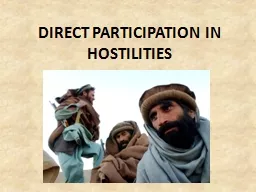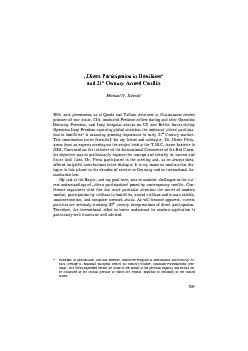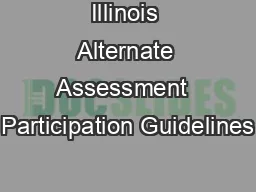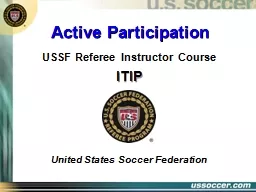PPT-DIRECT PARTICIPATION IN HOSTILITIES
Author : briana-ranney | Published Date : 2016-05-07
Civilians in NonInternational Armed Conflicts For purposes of principle of distinction in NIAC all persons who are not members of State armed forces or organized
Presentation Embed Code
Download Presentation
Download Presentation The PPT/PDF document "DIRECT PARTICIPATION IN HOSTILITIES" is the property of its rightful owner. Permission is granted to download and print the materials on this website for personal, non-commercial use only, and to display it on your personal computer provided you do not modify the materials and that you retain all copyright notices contained in the materials. By downloading content from our website, you accept the terms of this agreement.
DIRECT PARTICIPATION IN HOSTILITIES: Transcript
Download Rules Of Document
"DIRECT PARTICIPATION IN HOSTILITIES"The content belongs to its owner. You may download and print it for personal use, without modification, and keep all copyright notices. By downloading, you agree to these terms.
Related Documents














